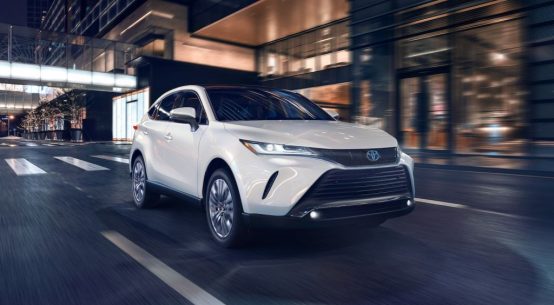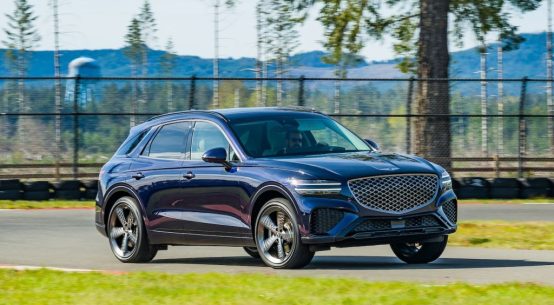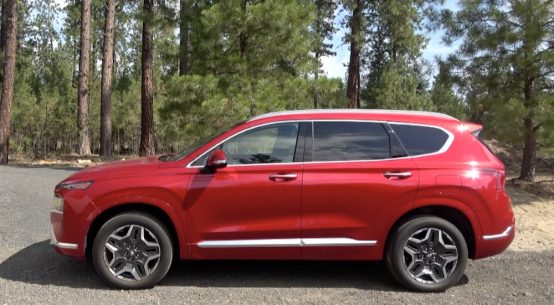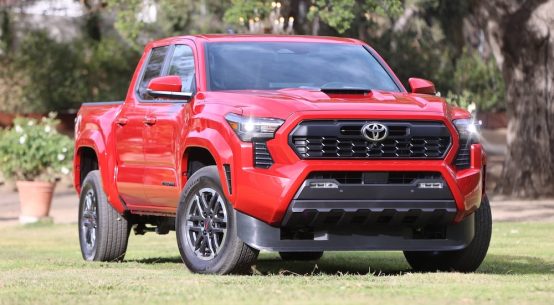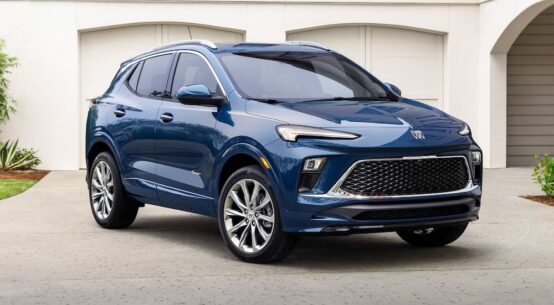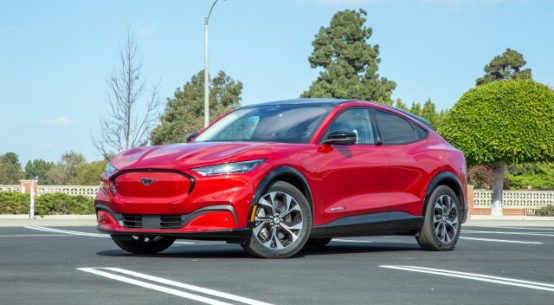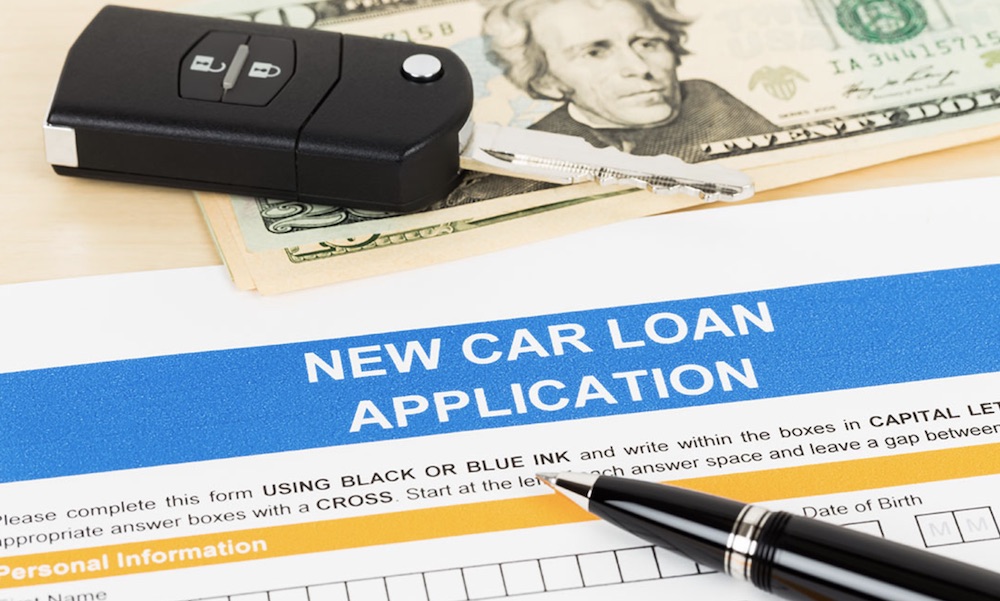
When you’re shopping for a car, you’re often shopping for a car loan, too. With autos now selling for an average of more than $37,000 new and $20,000 used, not many of us can buy without borrowing.
Just like cars, these loans come in many sizes and packages, and some are better deals than others. Here are the steps you’ll want to take to ensure you get the least expensive financing you can.
1. Coddle your credit
The most powerful factor affecting the interest rate you’ll pay is usually your credit score. The higher that number, which is drawn from your credit history, the lower the rate lenders will offer.
On a five-year, $20,000 new-car loan, for example, a terrific score could get you a rate of 4.6 percent, according to FICO, the leading score provider. A terrible score could mean paying 17 percent interest.
A score higher than 660 or 670 should get you decent rates. Below that, you’ll really pay up.
Do check your credit score before you buy — ideally, months before — and fix it if need be. There’s no magic shortcut. Your best strategy is just to consistently make payments on time and pay down your debts.
If your bank or credit card issuer doesn’t give you a free look at a score of yours, visit WalletHub.com, CreditSesame.com or CreditKarma.com. Also, go to AnnualCreditReport.com to check each of the three major credit bureaus for any errors in your credit history.
2. Play the field
Don’t limit yourself to the financing presented by your dealer.
Instead, a few days or weeks before doing your final round of car shopping, approach other lenders — banks, credit unions or online auto-financing companies — for a nonbinding preapproval on a loan. You may get a better rate than what you’ll be offered on the lot.
3. Deal with the dealer
With another loan offer in your pocket, you’re better equipped to negotiate. And you should negotiate.
As the Consumer Financial Protection Bureau notes, the seller doesn’t have to offer you the best rate for which you qualify. You may be able to get your rate lowered or any origination fees reduced or waived.
Keep an eye out, too, for special deals, such as financing as low as zero percent, when a dealer wants to boost sales on a poorly selling model or clear out old inventory. The catch: You’ll likely need excellent credit to qualify.
4. Keep it short
Although stretching the length of a car loan will lower your monthly payment, it’s nearly always better to keep your loan term short — absolutely no longer than five years, or 60 months, for a new car.
Shorter terms tend to have lower rates, but their biggest advantage is that they give interest less time to accrue, reducing total costs. For example, a $20,000 loan that you pay off in four years at $488 a month would save you about $1,800 in interest costs, compared with a six-year loan in which you pay $351 a month.
If you can’t swing the monthly payment on a four- or five-year loan for the car you like, it probably makes sense for you to switch your focus and start shopping for a lower-priced vehicle.
5. Play it safe
Here’s another good reason to borrow cautiously: If you can’t keep up with your payments, your lender can repossess your vehicle. The leeway you have varies.
In many states it takes three missed payments in a row before your car can be repossessed. In others, including California, a lender may be able to repo if you miss your payment for just one month.
